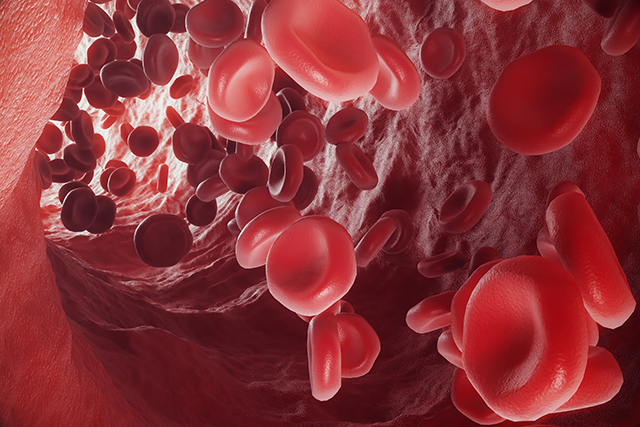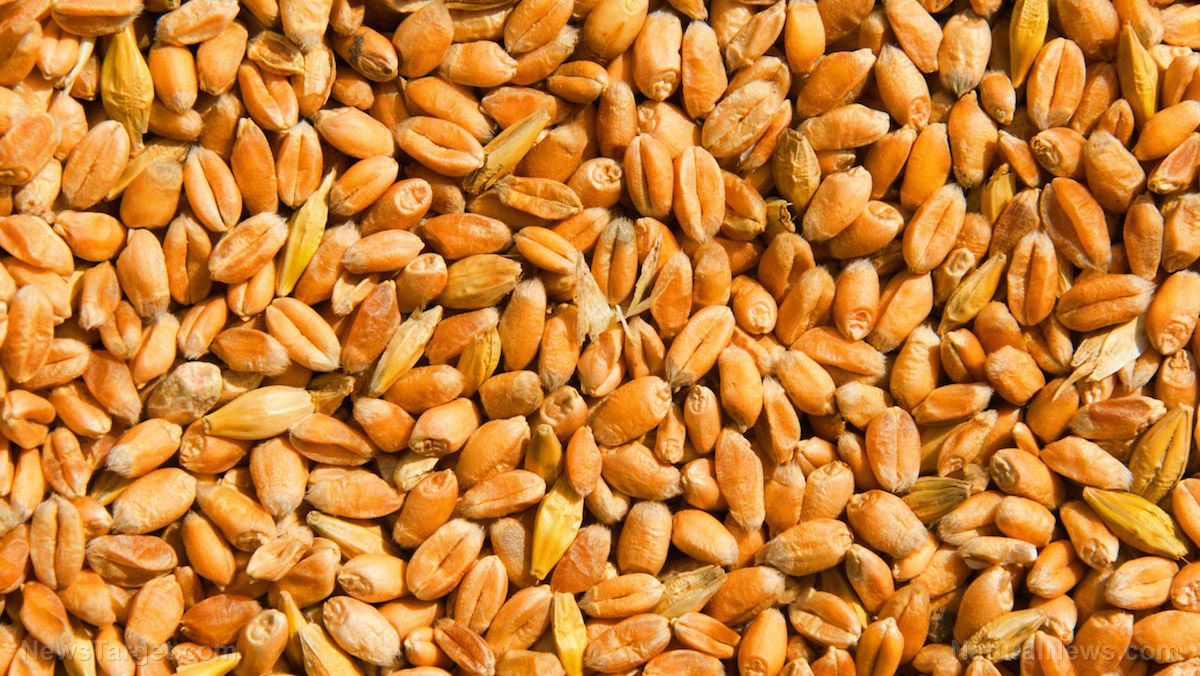Osteopathic manipulative treatment is an effective treatment alternative to obstructive sleep apnea
10/10/2018 / By Edsel Cook

If your snoring has gotten so bad that it is cutting off your breathing while you are asleep, you are probably suffering from obstructive sleep apnea. You need to get yourself treated before you get hurt or worse. One possible option is osteopathic manipulative treatment of your sphenopalatine ganglion.
Sleep apnea is a sleeping disorder where your breathing gets disrupted during sleep. It becomes obstructive – and dangerous – when the muscles of your throat block off your airway, preventing proper breathing.
Many cases of the disorder are caused by anatomical problems. However, many others stem from incorrectly functioning muscles in the upper airways. These muscles are failing to do their job of keeping the pathway open and unblocked.
The sphenopalatine ganglion is a part of the autonomic nervous system. It serves as a relay for various cranial nerves that are linked to the upper airways. This nerve relay could play a role in regulating the stability of the upper airway.
Osteopathic manipulative treatment targets the sphenopalatine ganglion in order to treat rhinitis and snoring. The approach is also believed to improve the stability of the pharynx. (Related: Separating fact from fiction: Sleep expert debunks popular sleep myths.)
Testing active and sham osteopathic sessions on sleep apnea patients
Researchers from Sorbonne Universités (SU) evaluated the effect of osteopathic manipulative treatment of the sphenopalatine ganglion. They invited 10 patients who were suffering from obstructive sleep apnea to participate in a double-blind study at a single treatment center.
Each participant received one active manipulation session and one sham session in random order. There was an interval of 21 days between each session. The sessions were administered by a certified osteopath.
Another certified osteopath evaluated the patient on two separate occasions after each session: 30 minutes and 48 hours after. Neither the participant nor the investigator knew about the order of the real treatment and the shame manipulation.
The main objective was to measure the increase in the stability of the pharynx after a session. A passing score required a minimum critical closing pressure of –4 centimeters of water (cmH20) at the 30-minute mark.
The evaluation also went over the variations of the critical closing pressures when it came to absolute values, sleepiness, and soreness. It also measured the flow of tears, induced pain, and other sensations felt during the osteopathic manipulative treatment session.
Of the 10 total participants, nine underwent evaluation. Only seven were analyzed for the main objective, but nine were checked for secondary objectives.
Osteopathy offers possible solution for obstructive sleep apnea
The SU researchers noted that five of the nine evaluated participants responded after active osteopathic manipulation of their sphenopalatine ganglion. These patients experienced improvement of their critical closing pressure.
None of the analyzed patients reported a response to the sham manipulation. This result suggested that active manipulation improved upper airway stability.
Furthermore, the treatment cleared up the noses of several patients. This led the researchers to theorize that the active manipulation treatment targeted the proximal pharynx, which is connected to the sphenopalatine ganglion.
It also triggered a number of sensory and somatosensory sensations. These reactions are attributed to autonomic neuromodulation. Similar effects have been recorded during treatment sessions for cluster headaches, which involves implanted electrical stimulation of the sphenopalatine ganglion.
The active manipulation session was reported to induce a greater sensation of pain and more tears than the sham session. The real treatment also triggered tactile, nerve-based pain, and taste-related sensations. There were no big changes in the other secondary objectives.
For follow-up studies, the researchers recommend a larger pool of participants. They also suggested measuring the nasal obstruction of the patients through the nasal peak flow meter.
If you are interested in learning more about osteopathic manipulative treatment of sleep apnea, visit AlternativeMedicine.news for additional reading materials.
Sources include:
Tagged Under: alternative medicine, alternative treatments, obstructive sleep apnea, osteopathic manipulative treatment, osteopathy, rhinitis, sleep apnea



















